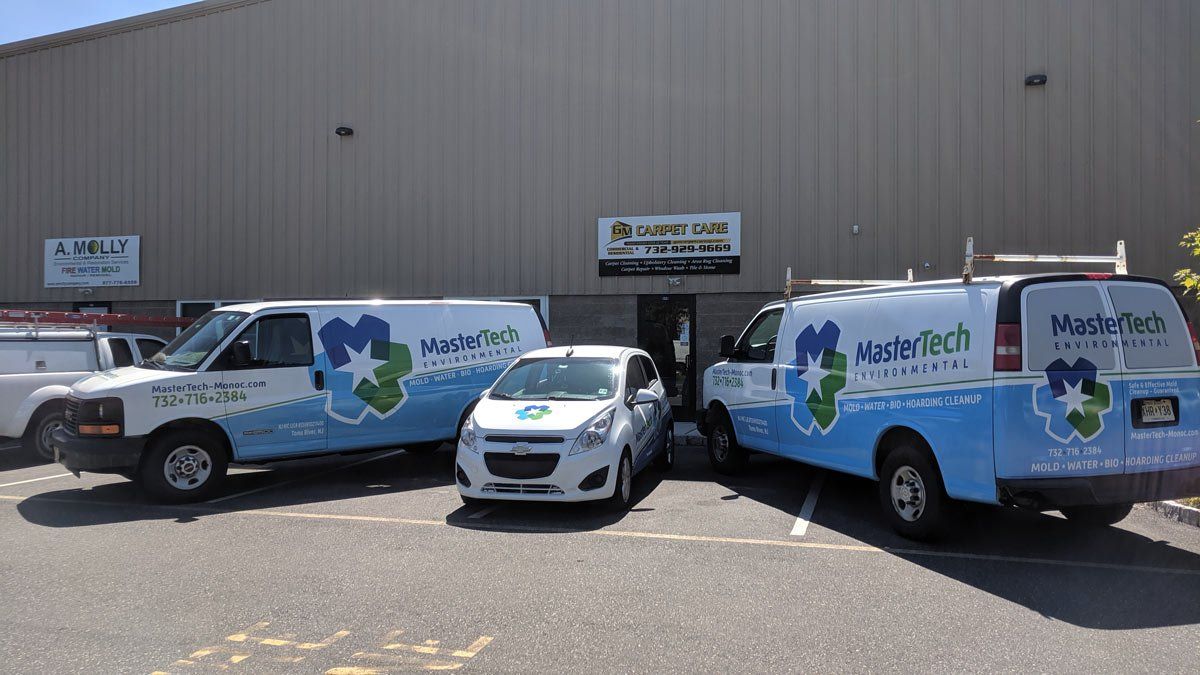What to Do if Your New Murrells Inlet, SC Home Has a Mold Problem

Buying a new home rarely goes smoothly. There are always some issues that pop up unexpectedly. One issue that no homeowner ever wants to face is discovering that their dream home has a mold infestation. It's easy to panic and be filled with regret when you find this out. While mold is a serious concern, there are ways to remove it from the home. We provide the best mold remediation Murrells Inlet, SC offers.
As we mentioned, do not panic if you discover a mold infestation in your new home, as it can be successfully removed. Never attempt to remove mold yourself. It's difficult and dangerous. Mold removal should be done by a trained, insured, and certified professional team. Call us for the best mold removal in Murrells Inlet, SC. We will remove the mold, clean the area, and help prevent future mold from growing.
Mold is a serious issue. It's detrimental to your health and is difficult to remove. There are things you can do to avoid making the mistake of buying another home with mold. Follow these tips to ensure your next home is mold-free.
· Be mindful of smells in the home. A musty, damp smell is usually the first sign of mold growth. If you notice a weird odor, either walk away from the purchase or further investigate.
· Check the home's ventilation. You want to ensure sufficient airflow in the home, particularly in the kitchen, bathroom, attic, and basement.
· Include professional mold testing in your home's inspection. The only way to know for sure if there's mold in the home is with mold testing. We provide the best mold inspection Murrells Inlet, SC offers.



